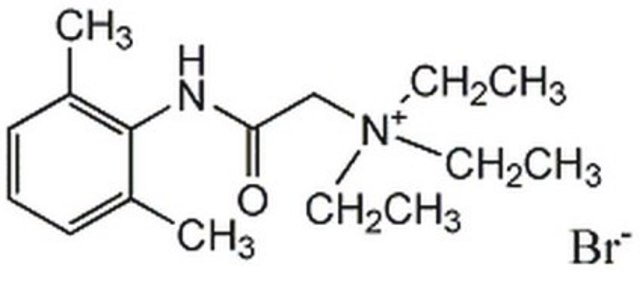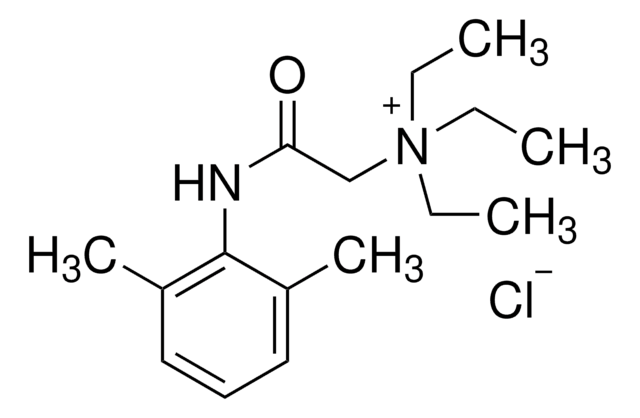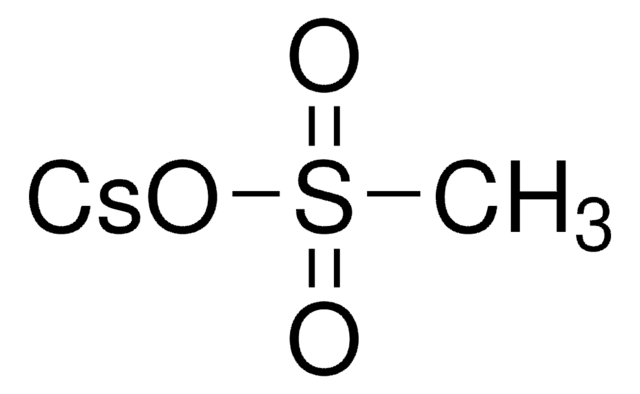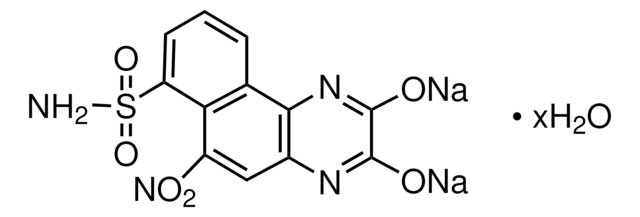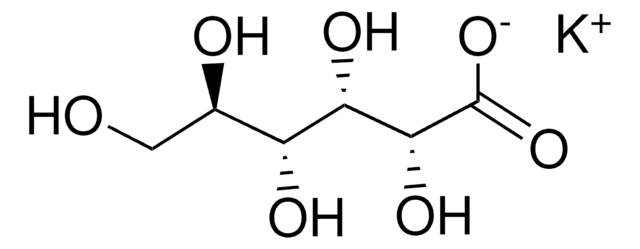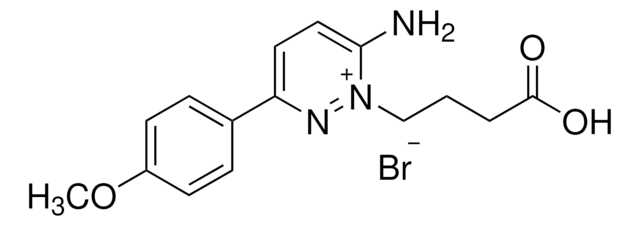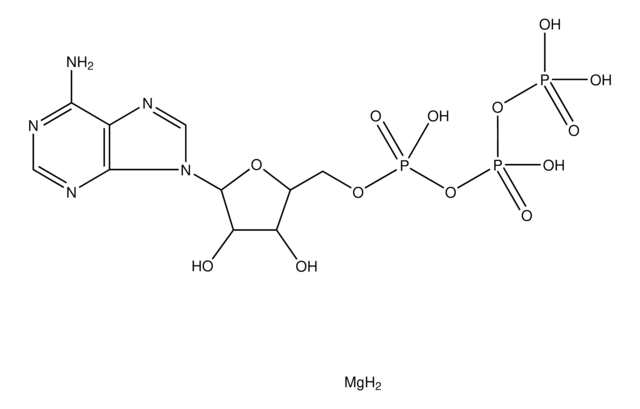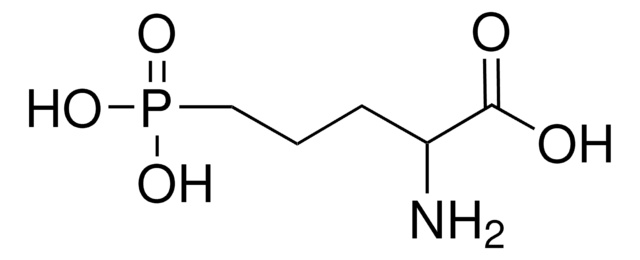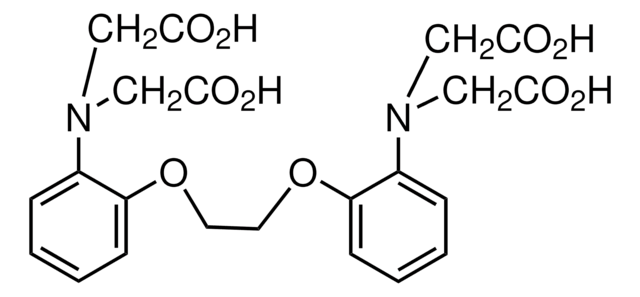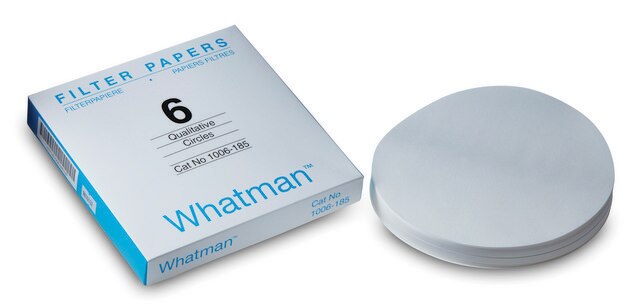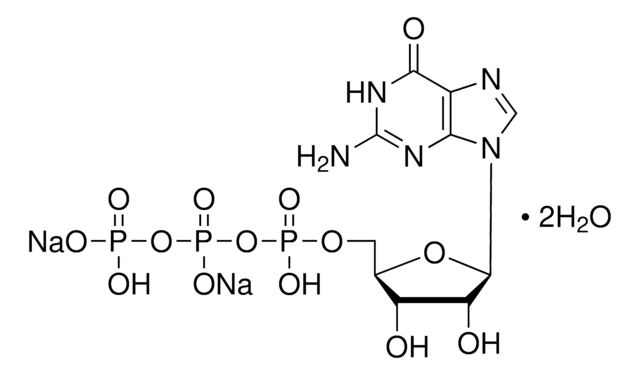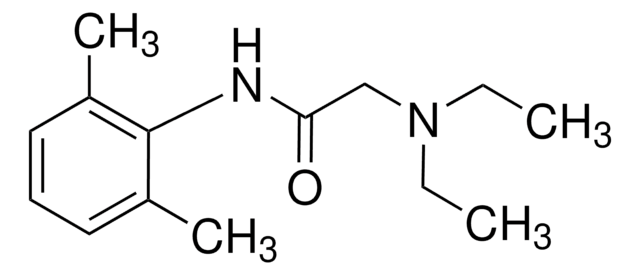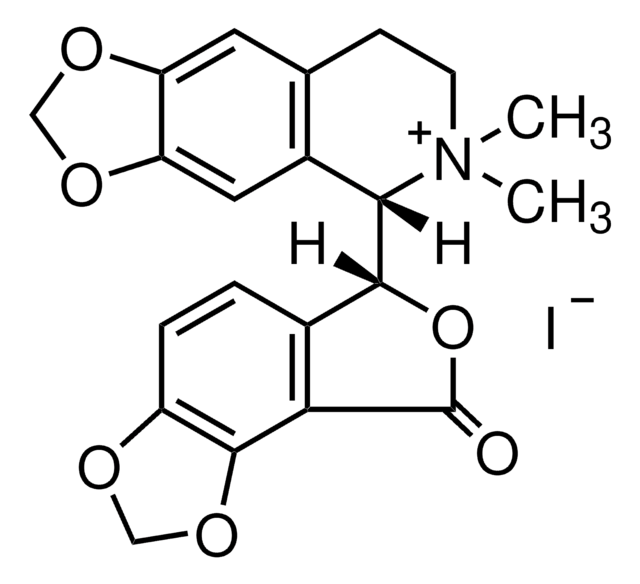L5783
Lidocain-N-ethylbromid
analytical standard, for drug analysis
Synonym(e):
N-(2,6-Dimethylphenylcarbamoylmethyl)-triethylammoniumbromid, QX-314
About This Item
Empfohlene Produkte
Qualität
analytical standard
Qualitätsniveau
Methode(n)
HPLC: suitable
gas chromatography (GC): suitable
Anwendung(en)
forensics and toxicology
pharmaceutical (small molecule)
veterinary
Format
neat
SMILES String
[Br-].CC[N+](CC)(CC)CC(=O)Nc1c(C)cccc1C
InChI
1S/C16H26N2O.BrH/c1-6-18(7-2,8-3)12-15(19)17-16-13(4)10-9-11-14(16)5;/h9-11H,6-8,12H2,1-5H3;1H
InChIKey
DLHMKHREUTXMCH-UHFFFAOYSA-N
Suchen Sie nach ähnlichen Produkten? Aufrufen Leitfaden zum Produktvergleich
Anwendung
Biochem./physiol. Wirkung
WGK
WGK 3
Flammpunkt (°F)
Not applicable
Flammpunkt (°C)
Not applicable
Persönliche Schutzausrüstung
dust mask type N95 (US), Eyeshields, Gloves
Choose from one of the most recent versions:
Analysenzertifikate (COA)
Sorry, we don't have COAs for this product available online at this time.
If you need assistance, please contact Kundensupport
Besitzen Sie dieses Produkt bereits?
In der Dokumentenbibliothek finden Sie die Dokumentation zu den Produkten, die Sie kürzlich erworben haben.
Kunden haben sich ebenfalls angesehen
Unser Team von Wissenschaftlern verfügt über Erfahrung in allen Forschungsbereichen einschließlich Life Science, Materialwissenschaften, chemischer Synthese, Chromatographie, Analytik und vielen mehr..
Setzen Sie sich mit dem technischen Dienst in Verbindung.